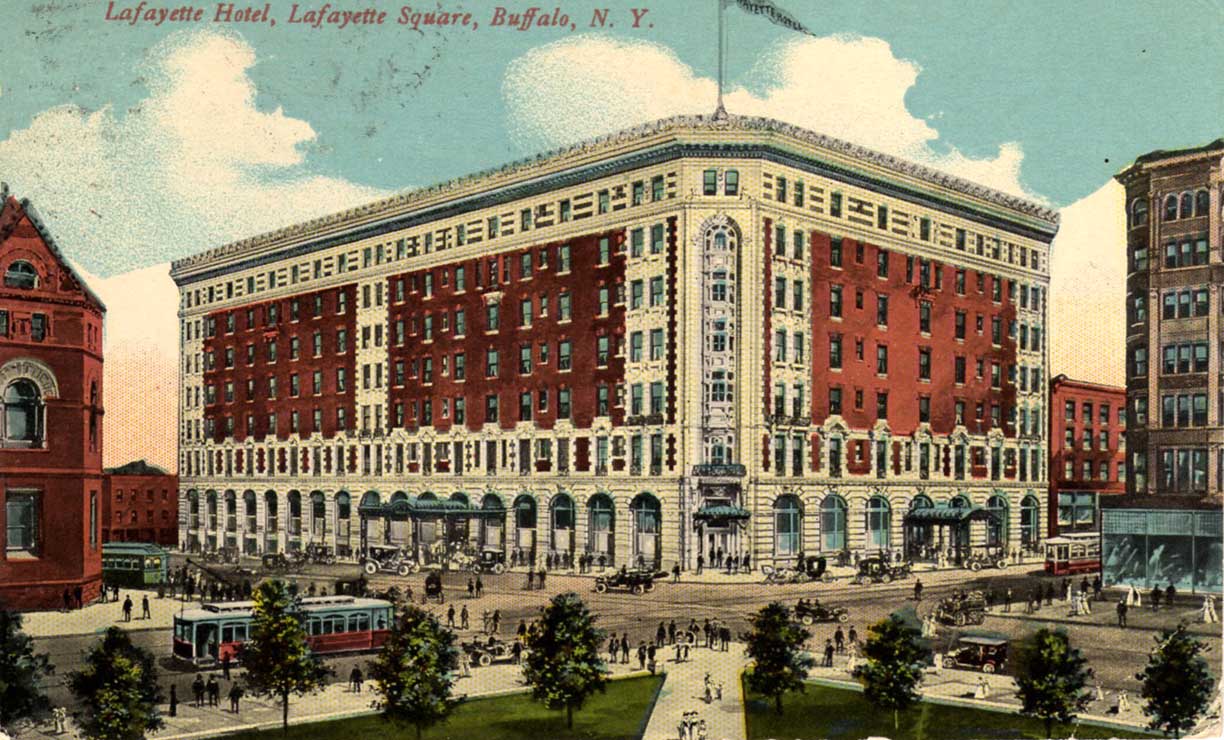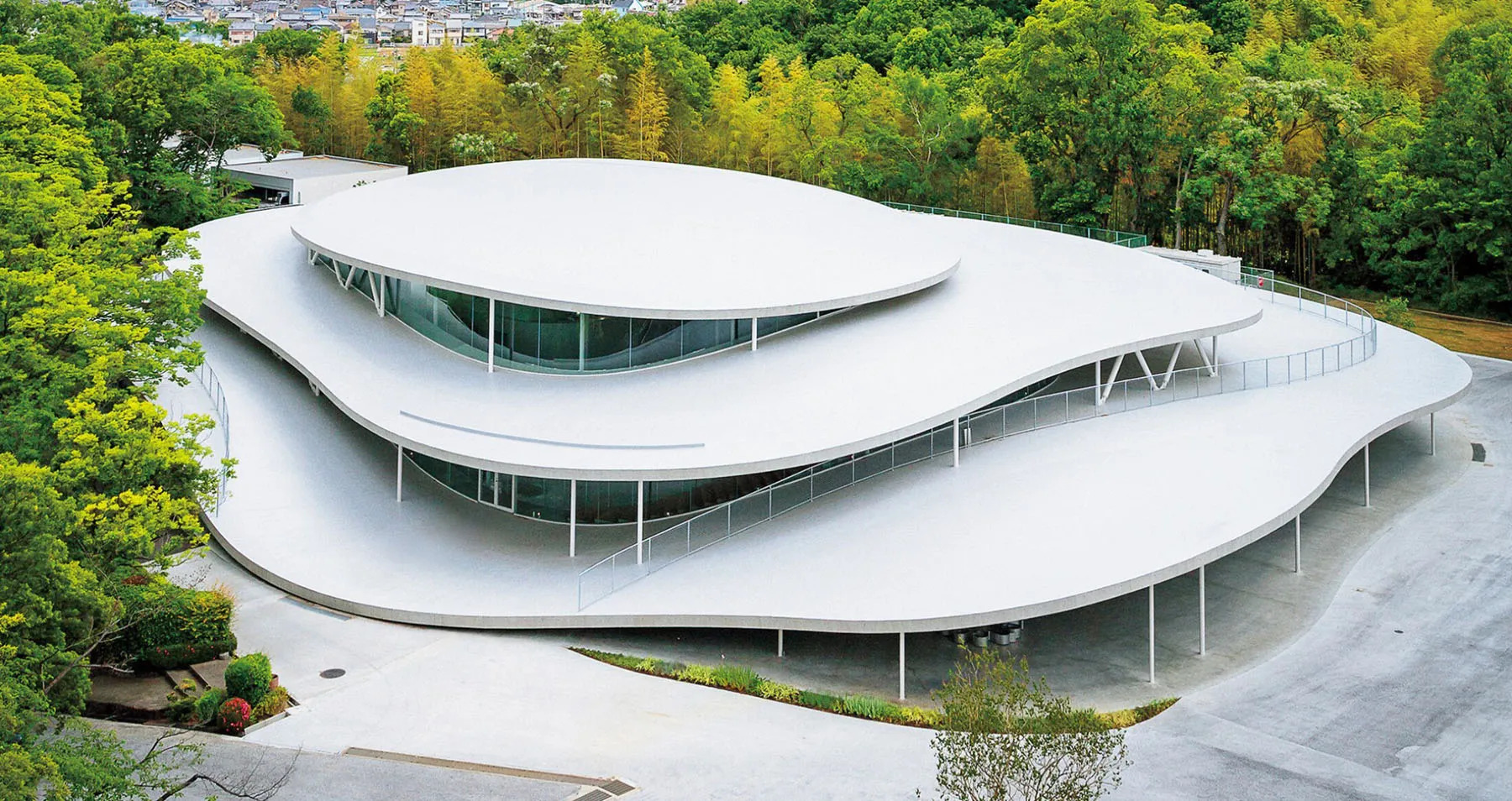- Home
- Articles
- Architectural Portfolio
- Architectral Presentation
- Inspirational Stories
- Architecture News
- Visualization
- BIM Industry
- Facade Design
- Parametric Design
- Career
- Landscape Architecture
- Construction
- Artificial Intelligence
- Sketching
- Design Softwares
- Diagrams
- Writing
- Architectural Tips
- Sustainability
- Courses
- Concept
- Technology
- History & Heritage
- Future of Architecture
- Guides & How-To
- Art & Culture
- Projects
- Interior Design
- Competitions
- Jobs
- Store
- Tools
- More
- Home
- Articles
- Architectural Portfolio
- Architectral Presentation
- Inspirational Stories
- Architecture News
- Visualization
- BIM Industry
- Facade Design
- Parametric Design
- Career
- Landscape Architecture
- Construction
- Artificial Intelligence
- Sketching
- Design Softwares
- Diagrams
- Writing
- Architectural Tips
- Sustainability
- Courses
- Concept
- Technology
- History & Heritage
- Future of Architecture
- Guides & How-To
- Art & Culture
- Projects
- Interior Design
- Competitions
- Jobs
- Store
- Tools
- More
Famous Female Architects Who Shaped the World with Visionary Designs
Discover the inspiring evolution of women in architecture, from early pioneers to modern trailblazers reshaping skylines with innovation, sustainability, and inclusivity. This article celebrates their groundbreaking contributions, transformative designs, and the challenges they've overcome to redefine the future of the field.

Architecture has long been a field where creativity and innovation shape the world around us, yet for decades, women faced barriers in gaining recognition for their contributions. Thankfully, times have changed, and today, female architects are celebrated for their groundbreaking designs and visionary ideas. Their work not only transforms skylines but also challenges traditional notions of what architecture can achieve.
From designing sustainable urban spaces to creating iconic cultural landmarks, these trailblazing women have left an indelible mark on the industry. Their stories inspire us to reimagine possibilities and remind us that talent knows no boundaries. Let’s explore the legacies of some of the most famous female architects who’ve shaped the world with their extraordinary vision.

Table of Contents
ToggleThe Evolution Of Women In Architecture
Women’s participation in architecture has expanded significantly over the past century. Early barriers, including exclusion from academic institutions and professional organizations, limited opportunities for women to enter the field. In the 19th century, few female pioneers, like Sophia Hayden, emerged by overcoming these restrictions. Hayden, the first woman to graduate from MIT’s architecture program in 1890, designed the Woman’s Building for the 1893 World’s Columbian Exposition.
The 20th century marked a gradual shift, as more women entered architectural schools and gained professional recognition. In 1924, Marion Mahony Griffin became one of the first licensed female architects in the United States. During this era, women started influencing residential design and urban planning, yet their contributions often went uncredited or overshadowed by male collaborators.
By the mid-20th century, prominent architects like Lina Bo Bardi and Eileen Gray challenged traditional norms with innovative designs. Bo Bardi’s work, such as the São Paulo Museum of Art, combined functionality with cultural depth. Gray, acclaimed for her modernist approach, designed the iconic E-1027 house.
The late 20th and early 21st centuries witnessed greater recognition of female architects reshaping global skylines. Zaha Hadid, the first woman to win the Pritzker Architecture Prize in 2004, led this wave. Her groundbreaking designs, including the London Aquatics Centre and Guangzhou Opera House, fused fluidity with futuristic aesthetics. Elizabeth Diller, co-founder of Diller Scofidio + Renfro, transformed urban spaces with projects like New York’s High Line.
Today, women architects influence every aspect of the industry. Collaborative firms, like Grafton Architects, led by Yvonne Farrell and Shelley McNamara, focus on sustainability and community-focused design. Their Royal Institute of British Architects (RIBA) Gold Medal in 2020 exemplifies the industry’s evolving recognition of female contributions. These milestones mark an ongoing transformation, as women continue shaping the future of architecture while overcoming systemic challenges.
Pioneering Famous Female Architects
These trailblazing women challenged conventions and left lasting marks on architecture through their groundbreaking work. Their achievements remain a source of inspiration across the industry.
Louise Blanchard Bethune: The First American Woman Architect
Louise Blanchard Bethune was the first woman to work professionally as an architect in the United States. She began her career in 1876 and became a partner in her own firm by 1881. Bethune designed commercial and public buildings, including the Hotel Lafayette in Buffalo, New York. In 1888, she joined the Western Association of Architects, rejecting offers to compete for lower-wage commissions to assert the value of women architects in the profession.

Marion Mahony Griffin: A Visionary Collaborator
Marion Mahony Griffin, one of the first licensed female architects globally, played a significant role in integrating natural landscapes into architectural design. She worked extensively with Frank Lloyd Wright, creating intricate renderings that influenced Prairie School design. Griffin’s collaboration with her husband, Walter Burley Griffin, produced ambitious urban planning projects like Canberra, Australia’s capital city. Her commitment to both artistry and functionality continues to inspire modern architectural practices.
Julia Morgan: Mastermind Behind Architectural Icons
Julia Morgan broke barriers as the first woman admitted to Paris’s École des Beaux-Arts in 1898. She designed over 700 buildings, combining classical details with innovative engineering. Morgan’s most famous work, Hearst Castle in San Simeon, California, exemplifies her mastery in blending luxury and structural ingenuity. Her design for the YWCA buildings emphasized inclusivity and community needs, showcasing her ability to merge aesthetics with social impact.

Modern Trailblazers In Architecture
Women architects continue to redefine the industry with visionary designs and groundbreaking concepts. Their contributions shape modern architecture, challenging conventions and inspiring innovation worldwide.
Zaha Hadid: A Revolutionary Genius
Zaha Hadid transformed architecture with her bold, futuristic designs and innovative use of geometry. Best known for projects like the MAXXI Museum in Rome and the Guangzhou Opera House, her work blends art, technology, and functionality. In 2004, she became the first woman awarded the Pritzker Architecture Prize, solidifying her global influence. She expanded architectural boundaries by championing parametric design, which integrates complex forms into urban landscapes.
Jeanne Gang: Bridging Art And Nature
Jeanne Gang incorporates ecological themes and community connectivity into her work. As the founder of Studio Gang, she’s behind iconic structures like Aqua Tower in Chicago, which uses undulating facades inspired by natural waterforms. Her design for the Nature Boardwalk at Lincoln Park Zoo emphasizes sustainable urban renewal. Winning awards like the 2017 Marcus Prize, Gang reinforces the importance of marrying artfully designed buildings with environmental accountability.
Kazuyo Sejima: Redefining Minimalism
Kazuyo Sejima, co-founder of SANAA, creates structures that emphasize light, transparency, and spatial fluidity. Her notable works include the Louvre-Lens Museum in France and the New Museum in New York. In 2010, Sejima and her partner Ryue Nishizawa became the second duo to receive the Pritzker Architecture Prize. Her minimalist approach captures simplicity and elegance while maintaining sensitivity to user experience and environmental context.

Impact Of Female Architects On Modern Design
Female architects have significantly influenced modern design by introducing innovative concepts and challenging traditional structures. Their work spans various styles and priorities, fostering diversity in architectural narratives. By integrating unique perspectives, they have redefined the relationship between spaces, functionality, and cultural identities.
Advancing Sustainability In Architectural Practices
Women have been instrumental in advancing sustainable design. Jeanne Gang, for example, integrates ecological themes into urban projects, blending architecture with environmental responsibility. Firms led by architects like Tatiana Bilbao focus on socially conscious designs that address community needs while prioritizing resource efficiency.
Redefining Urban Landscapes
Female architects have contributed to reshaping urban spaces through innovative forms and planning. Zaha Hadid’s projects, such as the Guangzhou Opera House, demonstrate how fluid, futurist designs can transform cityscapes. Elizabeth Diller’s adaptive approaches, like the High Line in New York, emphasize functionality within urban environments while enhancing communal experiences.
Promoting Cultural Representation
Through their work, female architects amplify cultural identities and narratives. Architects like Lina Bo Bardi incorporated regional materials and aesthetics, as seen in São Paulo Museum of Art. In Japan, Kazuyo Sejima’s minimalist designs, such as the Kanazawa Museum of Contemporary Art, highlight spatial harmony rooted in Japanese traditions.
Inspiring Inclusivity In Design
Collaborative efforts led by female architects promote inclusivity. Grafton Architects, known for their community-focused projects, emphasize human-centric designs that foster social connection. This shift prioritizes accessibility, comfort, and engagement across public and private spaces, challenging elitist architectural norms.
These contributions from female architects are reshaping modern design, driving transformation in sustainability, urbanism, culture, and inclusivity. Their visionary efforts continue to redefine architectural possibilities on a global scale.

Challenges And Triumphs Of Women In Architecture
Women architects have consistently navigated barriers to claim their space in a historically male-dominated field. For decades, systemic discrimination limited their access to education, mentorship, and high-profile projects. Prominent institutions only began admitting women to architecture programs during the late 19th and early 20th centuries. For example, the École des Beaux-Arts in Paris accepted its first female applicant, Julia Morgan, in 1898 after considerable resistance. Even with academic credentials, professional opportunities often remained scarce.
Despite these obstacles, women architects achieved groundbreaking successes that redefined the profession. Marion Mahony Griffin contributed significantly to Frank Lloyd Wright’s projects, yet struggled for recognition of her independent work. The rise of star female architects in the late 20th century, such as Zaha Hadid, marked a turning point, with her 2004 Pritzker Prize win breaking gender barriers in architecture’s most prestigious award.
Contemporary female architects continue to dismantle entrenched biases. Today, collaborative practices like Grafton Architects, co-founded by Yvonne Farrell and Shelley McNamara, demonstrate how women are reshaping the industry, as seen in their sustainable public buildings. The increasing acknowledgment of women’s contributions, including representation in global competitions and awards, signals progress, but gaps persist.
The intersectionality of race, gender, and class presents compounded challenges for minority women in architecture. For instance, Nigerian architect Tosin Oshinowo has emphasized the importance of empowering African narratives through design, yet she faces systemic obstacles tied to underrepresentation.
Advocacy networks like Parlour in Australia and Women in Architecture in the US have emerged to support career development and gender equity. By providing opportunities for mentorship, leadership trainings, and public visibility, these groups empower women architects to advance professionally. Through persistence and innovation, women redefine the boundaries of architecture while addressing historical inequities.
Conclusion
Female architects have left an indelible mark on the field, transforming architecture through innovation, sustainability, and inclusivity. By challenging historical barriers and pushing creative boundaries, these trailblazers have redefined the profession and inspired future generations.
- acclaimed female architects
- architectural design by women
- architectural innovators women
- architecture by female designers
- celebrated women in architecture
- Famous female architects
- female architect pioneers
- historic female architects
- iconic architectural designs by women
- influential women in architecture
- leading female architects
- pioneering female architects
- renowned women architects
- top female architects
- trailblazing female designers
- visionary architectural designs
- women architects
- women architects history
- women's impact on architecture
illustrarch is your daily dose of architecture. Leading community designed for all lovers of illustration and #drawing.
Submit your architectural projects
Follow these steps for submission your project. Submission FormLatest Posts
How a Contact Centre Boosts Trust in Your Building Business
In construction, trust is the glue that holds projects together. Clients need...
How Real Time Parcel Geolocation Is Redefining Last Mile Efficiency for Modern Businesses
Last mile delivery has become the most critical point in the customer...
How Can Small Spaces Stay Stylish and Relaxing?
In today’s fast-paced urban lifestyle, small living spaces are becoming increasingly common....
Top 10 Iconic Buildings by Zaha Hadid
Discover the top 10 most iconic buildings by Zaha Hadid, showcasing her...











Leave a comment